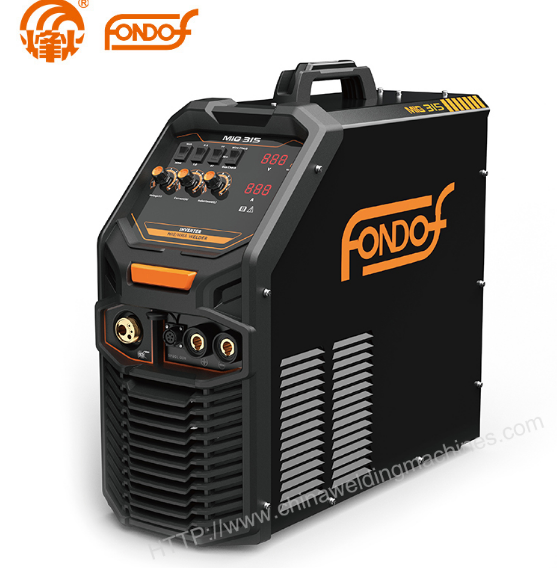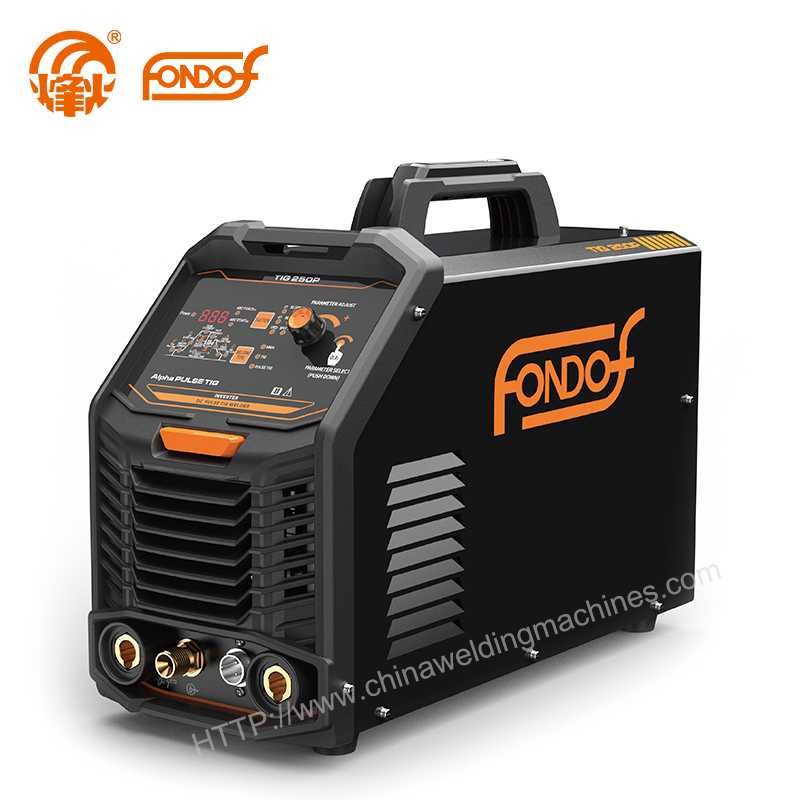What Is a Pulse MIG? A How & Why Guide to Pulse MIG Welding
 Feb. 25, 2024
Feb. 25, 2024
Pulse MIG offers fast, high quality, low spatter and consistently great looking welds, with better thermal control vs. conventional MIG welders.
Pulse MIG is best known as a great process for welding aluminium, however it is also an excellent process for welding with stainless-steel and bronze wires. In many instances, Pulse MIG can deliver results comparable to TIG welding, offering a combination of speed and productivity that surpasses TIG.
Technically, Pulse MIG is a highly controlled spray-transfer MIG process. Unlike the traditional 'short-circuit' MIG process, the filler metal transfers from the wire to the weld pool without the wire directly contacting the weld pool. The current alternates or pulses between a high peak current and a low background current at a frequency of up to several hundred times per second. During each pulse, the peak current pinches off a droplet of wire, propelling it to the weld joint. Simultaneously, the background current maintains the arc at a low power level, preventing a short circuit from occurring.
Advantages of Pulse MIG Welding
Pulse MIG welding is preferred for various reasons, as it provides:
1. Lower heat: Resulting in minimal distortion and reduced risk of burn-through.
2. Reduced spatter: Significantly lowers or eliminates spatter, leading to minimal cleanup.
3. Visually appealing welds: Enhances the aesthetic quality of the finished product, adding value.
4. Higher deposition rates: Boosts efficiency and enables faster travel speeds.
5. Tighter weld pool control: Particularly beneficial for out-of-position welding.
6. Reduced welding fumes: Creates a safer and cleaner work environment.
Metals Compatible with Pulse MIG Welding
Pulse MIG welding is well-suited for metals and applications where precise heat control is challenging with the standard MIG process and/or where achieving high weld quality and appearance is a priority.
Pulse MIG welding Aluminum:
Aluminum, being a high thermal conductor with a relatively low melting temperature, poses challenges for conventional welding. The Pulse MIG process provides greater thermal control, allowing operators to apply sufficient heat for a successful weld while preventing distortion or burn-through.
Pulse MIG welding with Bronze wires (MIG brazing):
Bronze wires are often employed at temperatures lower than the melting point of the parent material, essentially "sticking" materials together without full fusion. This is particularly useful for thin materials like car body panels, where low-temperature welding is essential to avoid distortion. Pulse MIG is also applied on galvanized or zinc-coated steels, preventing disturbance of the coating due to lower application temperatures. The ability to control and reduce heat makes Pulse MIG an ideal process for brazing wires.
Pulse MIG welding with Stainless Steel:
Stainless steel, characterized by poor thermal conductivity, tends to trap heat near the weld zone, leading to expansion, distortion, and potential rust contamination. The sluggish weld pool and poor wetting into the parent metal can be challenging. Pulse MIG allows stainless steel wires to be applied at lower temperatures, minimizing distortion and imperfections. This is particularly advantageous for welding thin stainless material, where conventional MIG processes may struggle to avoid warpage.
In all these applications, Pulse MIG facilitates successful welding at lower temperatures while offering superior control over the weld pool.
Pulse MIG vs TIG Welding
Traditionally, TIG has been the preferred process for welding materials to higher standards in terms of quality and appearance compared to conventional MIG. TIG welding is commonly employed for materials like aluminum and stainless steel, prevalent in projects where the final product's finish is crucial, such as in boat and marine construction, architectural fixtures, and food handling equipment.
However, TIG has its drawbacks, being a comparatively slow and inefficient process, leading to increased costs and processing time.
Enter Pulse MIG! Pulse MIG welding offers:
1. Weld quality and finish comparable or very close to TIG in numerous applications.
2. Superior speed and efficiency compared to TIG.
3. Typically requires less skill and is easier to learn, reducing training time.
While TIG welding will always have its niche, Pulse MIG is increasingly becoming the logical choice for many applications, especially in production work.





























